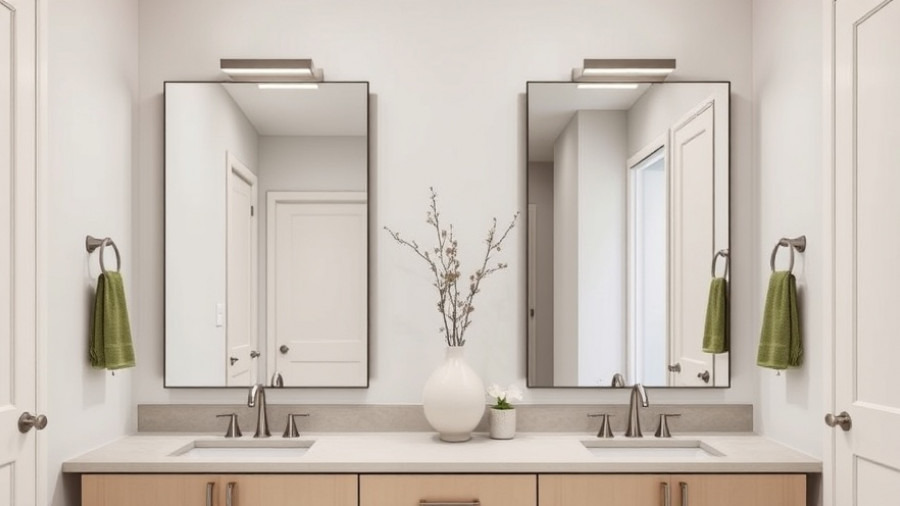
Understanding Recessed Lighting: A Stylish Upgrade for Slanted Ceilings
In recent years, recessed lighting has emerged as a favored option for homeowners, particularly those looking to enhance the aesthetic appeal and functionality of their spaces. Particularly in homes with slanted ceilings, like attics or split levels, recessed lighting can make a significant difference in the overall ambiance of a room. In a recent video by This Old House, home improvement experts Kevin and Heath provided an in-depth look at how to effectively install recessed lighting in such challenging spaces, and the insights gleaned from their discussion are essential for any homeowner contemplating such a DIY project.
In Recessed Lighting for a Slanted Ceiling, the conversation dives into practical lighting solutions for challenging spaces, providing insights that we’re excited to delve into further in this article.
Lighting Layout Decisions for Unique Spaces
Choosing where to place recessed lights isn’t just about aesthetics; it's also about the practical usage of the space. Heath pointed out that for their project, the layout was dictated by existing built-ins and the need for a straight line of light that not only illuminates but also complements the design. Homeowners should consider their personal needs, such as whether they want focused light for reading or ambient light for relaxation. Tools like a chalk line or laser levels, demonstrated in the video, can help in planning an effective lighting layout before any cutting begins.
Safety First: Importance of Distance and Wiring
One crucial takeaway from the installation process is ensuring that all electrical connections are safe and secured. Heath’s method of using a specially designed tool to ensure a clear 4 inches around the wiring is an essential safety practice that many DIYers might overlook. It’s vital for homeowners to remember that safety comes first when dealing with electricity. Using a junction box, as shown in the video, and ensuring all provisions are followed can help avoid future complications.
Future Adjustments: The Beauty of Gimbal Lights
An exciting feature of the recessed lights discussed in the video is their gimbal design, which allows for direction adjustments after installation. This means that homeowners aren’t locked into one configuration—they can change the focus and direction of the lighting based on their evolving needs or decor styles. This adaptability makes recessed lighting a long-term investment for homeowners looking to enhance their spaces.
Why Recessed Lighting is Worth the Investment
Investing in recessed lighting has numerous benefits beyond just aesthetics. Firstly, it can make a room feel larger and more open, particularly with slanted ceilings that can feel constricting. Additionally, recessed lights are energy-efficient if paired with LED bulbs, leading to savings on energy bills. Moreover, they can increase the overall market value of a home, making them a financially sound choice.
Your Next Steps: Getting Started with Recessed Lighting
If you’re looking to elevate your home’s interior lighting with recessed lights, consider these initial steps: assess your space and its lighting needs, sketch a layout using tools like chalk lines for guidance, and consult with experts where needed. Begin small, possibly in a room that’s easy to access, and gradually expand your lighting projects as your confidence grows.
In Recessed Lighting for a Slanted Ceiling, the conversation sparked numerous ideas for improving home aesthetics and functionality through thoughtful lighting solutions. These practical tips pave the way for homeowners eager to transform their spaces with recessed lighting.
 Add Row
Add Row  Add
Add 




Write A Comment